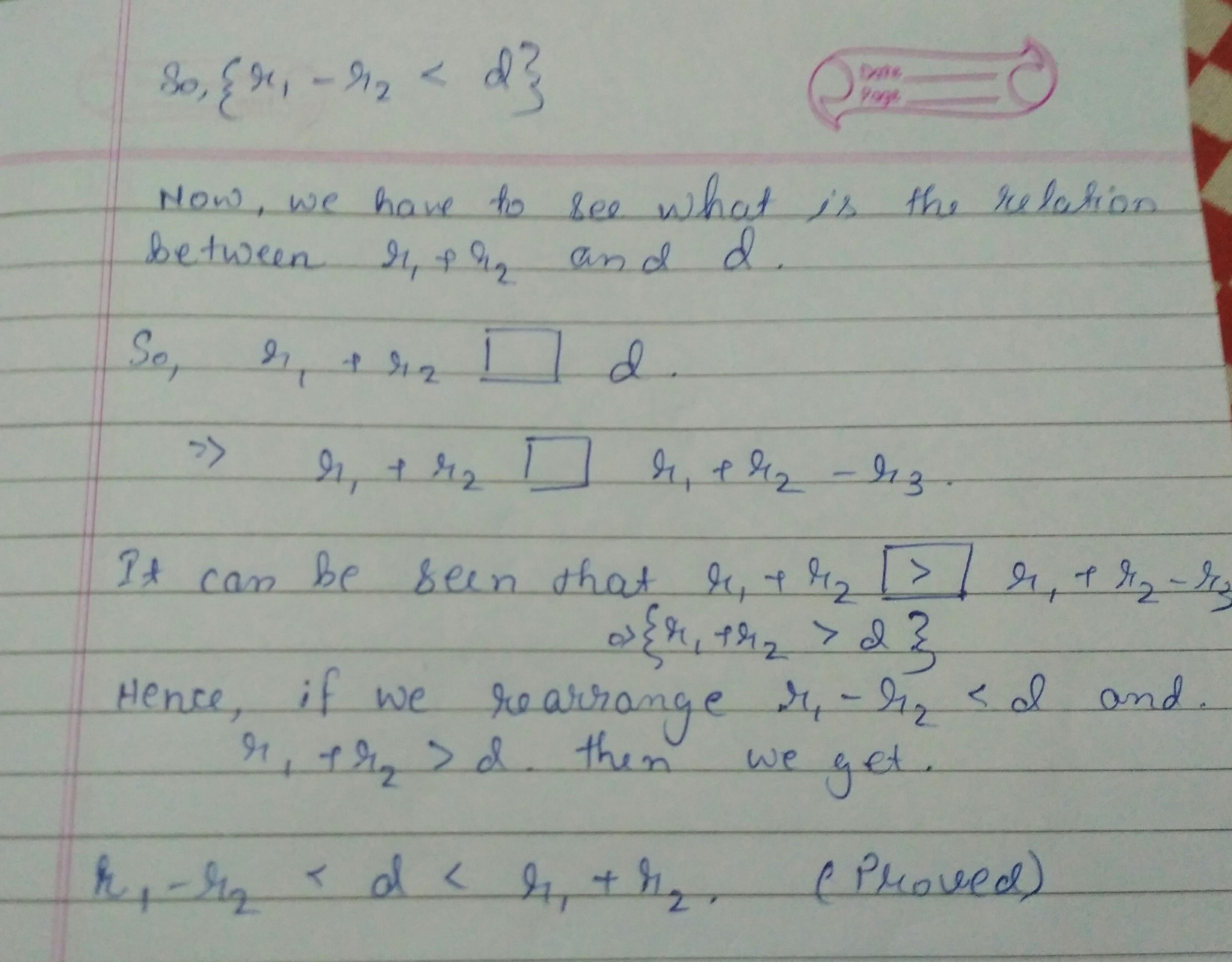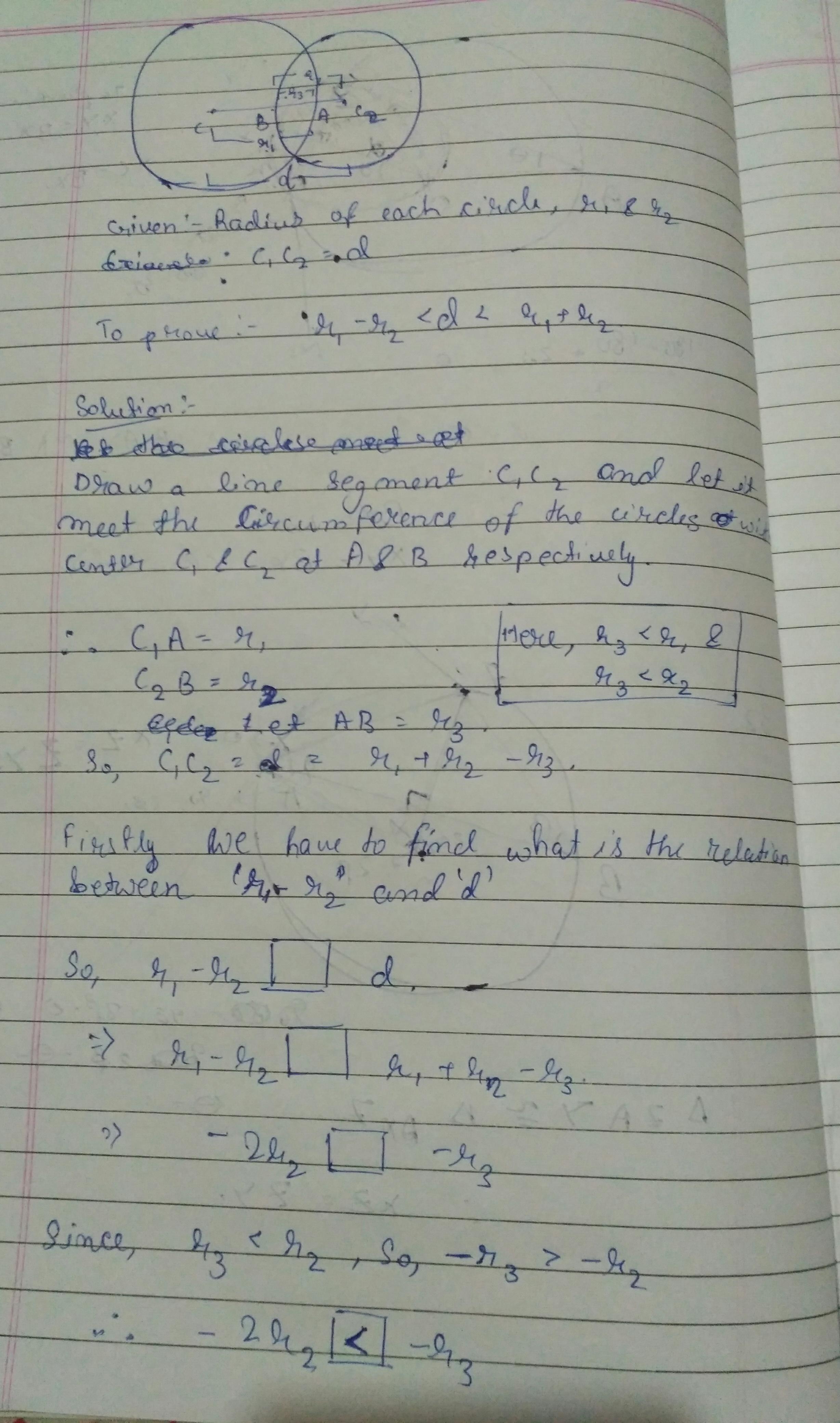swastik pramanik
Forum Replies Created
-
AuthorPosts
-
 swastik pramanikParticipant
swastik pramanikParticipantSolution for the second problem:
Let us consider \(r\) objects which are to be distributed in \(n\) identical boxes with no box empty. So, by definition we can place \(r\) objects in \(n\) identical boxes in \(S(r,n)\).
Let \(P=\{p_1,p_2,...,p_r\}\) be the set of \(r\) objects and \(T=\{t_1,t_2,...,t_n\}\) be the set of \(n\) identical boxes.
Now we divide the problem into two disjoint cases.
Case 1: When box \(t_1\) contains only object \(p_1\) then,
The remaining \(r-1\) objects can be distributed to the remaining \(n-1\) boxes in \(S(r-1,n-1)\) ways.
Case 2: When box \(t_1\) will have the object \(p_1\) and also some other objects then,
The remaining \(r-1\) objects are first put in the \(n\) boxes in \(S(r-1,n)\) ways. After distributing the \(r-1\) objects in \(n\) boxes each box becomes distinct. Hence, we can place \(p_1\) in the \(n\) boxes in \(n\) ways. Thus, the number of ways of such distribution is \(nS(r-1,n)\).
Thus, we have $$S(r,n)=S(r-1,n-1)+nS(r-1,n)$$ as required.
 swastik pramanikParticipant
swastik pramanikParticipantin similar triangle the corresponding sides and altitudes are in proportion
Let height of \(\Delta ABC\) be \(h\) and \(\Delta XYZ\) be \(h_1\)
Therefore, \(\frac{h}{h_1}=\frac{AB}{XY}\)
\(\frac{[ABC]}{[XYZ]}=\frac{\frac{1}{2}\times AB\times h}{\frac{1}{2}\times XY\times h_1}\)
\(\frac{[ABC]}{[XYZ]}=\frac{AB}{XY}\times\frac{h}{h_1}\)
Therefore\(\frac{[ABC]}{[XYZ]}=\frac{AB}{XY}\times \frac{AB}{XY}=\frac{AB^2}{XY^2}\)
 swastik pramanikParticipant
swastik pramanikParticipant
 swastik pramanikParticipant
swastik pramanikParticipant
 swastik pramanikParticipant
swastik pramanikParticipantJoin \(AO_3\). now \(BO_3||O_1H\)...and \(O_1H||AO_2\).....so \(BO_3||AO_2\)....simmilaly, \(AO_1||CO_3\)...so, \(\angle O_1AO_3=\angle AO_3C=x\)...and \(\angle O_2AO_3=\angle AO_3B=y\)....so \(\angle O_1AO_2=\angle BO_3C=x+y\).....then \(\Delta AO_1O_2 \cong \Delta BO_3C\).....and we are done.....Am I correct SIr????
-
AuthorPosts